Related Research Articles
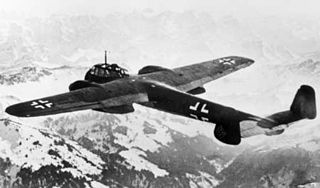
The Dornier Do 215 was a light bomber, aerial reconnaissance aircraft and later a night fighter, produced by Dornier originally for export, but in the event most served in the Luftwaffe. Like its predecessor, the Dornier Do 17, it inherited the title "The Flying Pencil" because of its slim fuselage. The successor of the Do 215 was the Do 217.
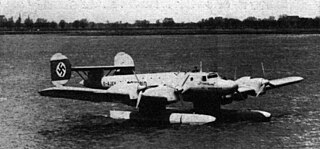
The Blohm & Voss Ha 139 was a German all-metal inverted gull wing floatplane. With its four engines it was at the time one of the largest float-equipped seaplanes that had been built. The inboard engines were mounted at the joint between the inboard anhedral and outboard dihedral wing sections, above the pylon-mounted floats.

The Kharkiv KhAI-5, was a Soviet reconnaissance and light bomber aircraft, designed in the mid-1930s in the Kharkiv Aviation Institute, under the direction of Iosif Grigorevich Nyeman.

The Keystone B-4 was a biplane bomber, built by the Keystone Aircraft company for the United States Army Air Corps.

The Aero A.304 was a Czechoslovakian bomber aircraft that first flew in 1937. It had originally been developed as an airliner, the A.204, but when Aero could not find buyers for the design, it was militarised and successfully marketed to the Czechoslovak Air Force. It was also exported to Bulgaria, where it was known as the "Pelikan".

The FFVS J 22 was a Swedish single-engine fighter aircraft developed for the Swedish Air Force during World War II.
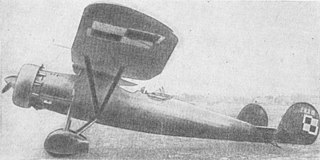
The PWS-19 was a Polish reconnaissance and bomber plane prototype of the 1930s, constructed in the PWS.

Friedrichshafen FF.49 was a German, two-seat, single-engine float-plane designed by Flugzeugbau Friedrichshafen in 1917.

The PWS-1 was a Polish two-seat fighter and reconnaissance aircraft constructed by Podlaska Wytwórnia Samolotów (PWS) in 1927. It remained a prototype for its entire lifespan.
The Thulin K was a Swedish naval fighter aircraft in the 1910s. It was operated by both the Swedish and Dutch armed forces.
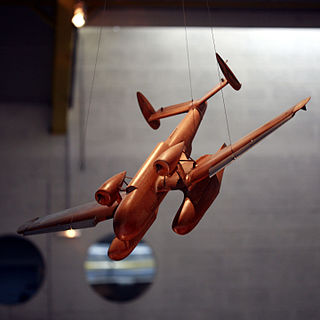
The Loire-Nieuport 10 was a 1930s French prototype long-range maritime reconnaissance and combat floatplane produced by Loire-Nieuport, a joint venture between Loire Aviation and Nieuport-Delage. It was an attempt to answer the requirements for the Navy's programme Hydravion éclaireur de combat for a large floatplane capable of acting as a torpedo bomber or reconnaissance aircraft.
The Bloch MB.480 was a French twin-engined torpedo-bomber/reconnaissance floatplane designed just before the start of the Second World War by Société des Avions Marcel Bloch. Only two were built, the French Navy deciding to use landplanes instead.

The SNCAO CAO.600 was a French prototype twin-engined torpedo-bomber of the Second World War. It was intended to operate from two new aircraft carriers of the French Navy, but only a single example had been completed and flown when the surrender of France in June 1940 ended development of the aircraft.
The Dewoitine D.750 was a prototype French twin-engined torpedo bomber. It was designed prior to the outbreak of the Second World War to operate from the aircraft carriers of the French Navy, but only a single example was completed, with development ended by France's defeat by Germany in June 1940.
RWD 22 was a Polish twin-engine torpedo bomber and naval reconnaissance floatplane design. Developed by Leszek Dulęba and Andrzej Anczutin of Doświadczalne Warsztaty Lotnicze in 1939, the project was to be developed under the brand of the RWD design bureau. The outbreak of World War II interrupted the design and it never left the planning stage.
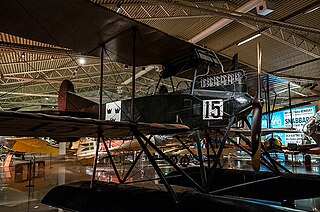
The Thulin G was a Swedish military reconnaissance aircraft built in the late 1910s.

The Thulin NA was a prototype Swedish fighter plane built in the late 1910s.
The Thulin L was a Swedish reconnaissance plane built in the late 1910s.

The Thulin E was a Swedish reconnaissance aircraft built in the late 1910s.

The Thulin FA was a Swedish reconnaissance aircraft built in the late 1910s.
References
- ↑ "Thulin H". www.airwar.ru (in Russian). Retrieved 1 March 2019.